
- Two lighter nuclei combine and form a heavier, more stable nuclei
- Releases a lot of energy
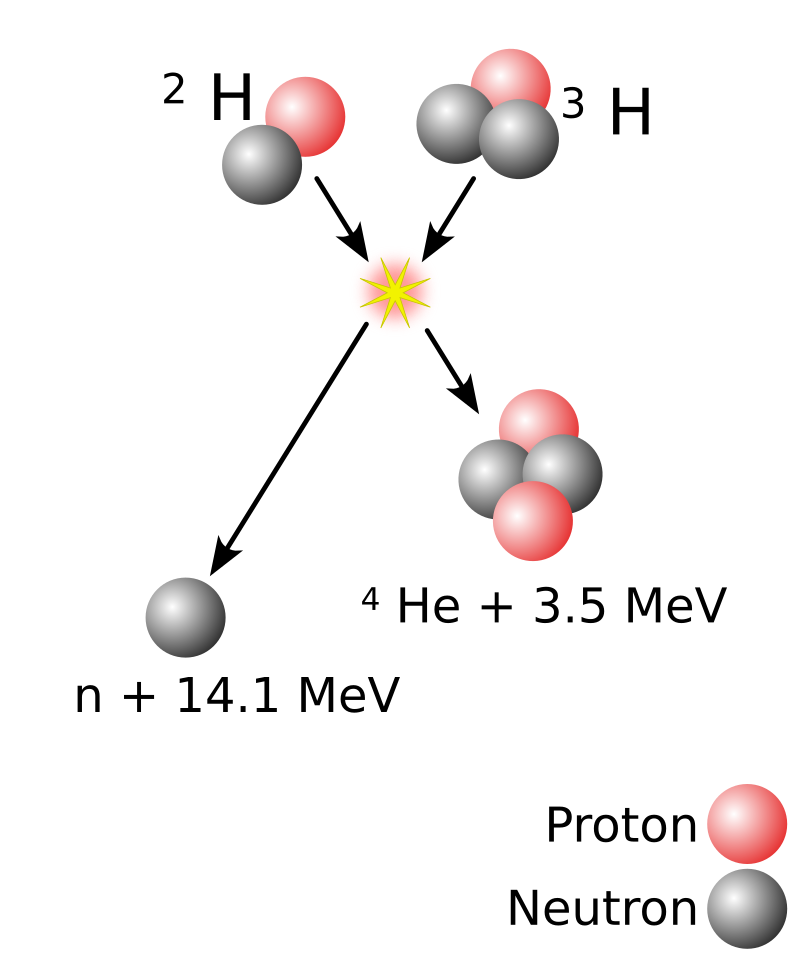 |
 |
Ways of doing Fusion¶
- The two nuceli must overcome colomb repulsion before the strong force kicks in
- This means you have some force that confines the nuclei
Gravity  |
Magnets 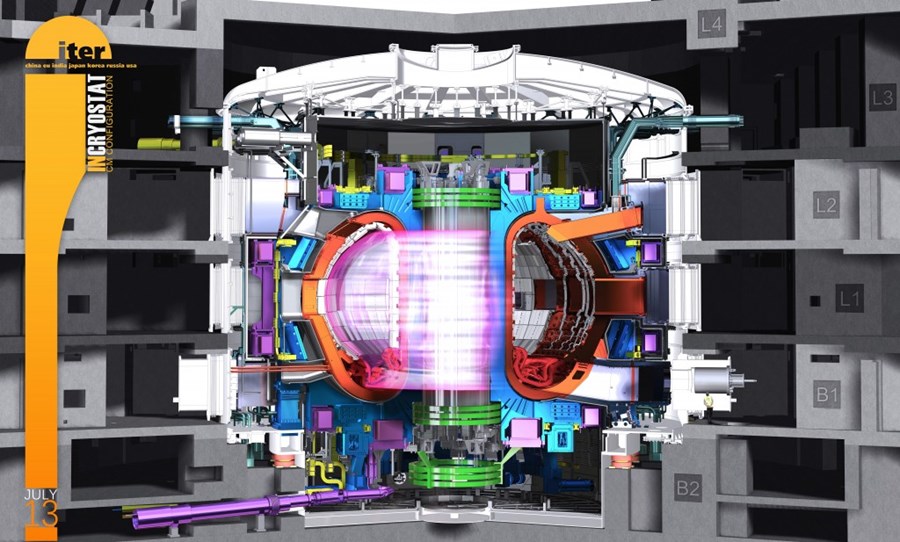 |
Lasers  |
- In order for a fusion reactor to be useful, it has to produce more energy than what we put in:
Lawson Criteria/Triple Product¶
nTτE≥3T2(fc+Q−1fuel)⟨σv⟩ϵf/4−CB√T- While running a fusion reactor, some of the energy is lost
- n is the density of the fuel
- T is the temperature of the fuel
- τE is the confinement time, which tells you how long to keep the fuel confined together
- v is the fuel particles' velocity
- fc, σ, CB, η, ϵF are all constants that depends on the fuel
from IPython.display import HTML; HTML('<blockquote class="twitter-tweet"><p lang="en" dir="ltr">"Progress toward fusion energy breakeven and gain as measured against the Lawson criterion" by <a href="https://twitter.com/ScottCHsu?ref_src=twsrc%5Etfw">@ScottCHsu</a> and myself is published (open access)! GIF of achieved Lawson parameter vs temperature below shows the progress. <a href="https://t.co/VKFM1XubXR">https://t.co/VKFM1XubXR</a> <a href="https://twitter.com/hashtag/fusionenergy?src=hash&ref_src=twsrc%5Etfw">#fusionenergy</a> <a href="https://twitter.com/ARPAE?ref_src=twsrc%5Etfw">@ARPAE</a> <a href="https://twitter.com/AIP_Publishing?ref_src=twsrc%5Etfw">@AIP_Publishing</a> <a href="https://t.co/P1oNjLB8ZN">pic.twitter.com/P1oNjLB8ZN</a></p>— Sam Wurzel (@swurzel) <a href="https://twitter.com/swurzel/status/1534556521744457731?ref_src=twsrc%5Etfw">June 8, 2022</a></blockquote> <script async src="https://platform.twitter.com/widgets.js" charset="utf-8"></script> ')
ICF¶
 |

|
Direct Drive vs. Indirect Drive¶
 |
- Direct Drive is 8% efficient, but harder to get spherical symmetry
- Indirect Drive is only 4% efficient, allows for more symmetric implosion and less instabilities

National Ignition Facility (NIF): World's Largest Laser¶
- UV Laser: 1.8 megajoules
- UV Laser Peak Power: 500 TW
- 100 times density of lead at ignition
- 100 million kelvins (6 times Temp at core of the sun)
- More Fun facts: https://lasers.llnl.gov/content/assets/docs/news/pk_fun_facts2.pdf
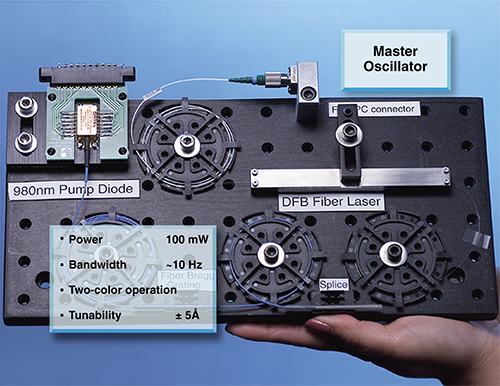
|

|
Capacitance = 0.290 farads
Operating Voltage = 24 kV
Peak Discharge Current = 25 kA
400 megajoules—the world's largest capacitor bank
3,840 high-voltage capacitors 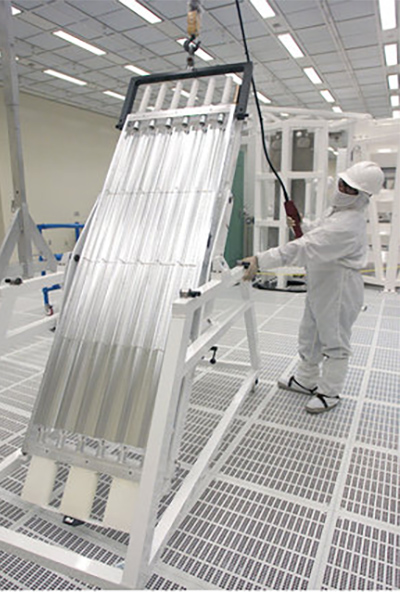
|
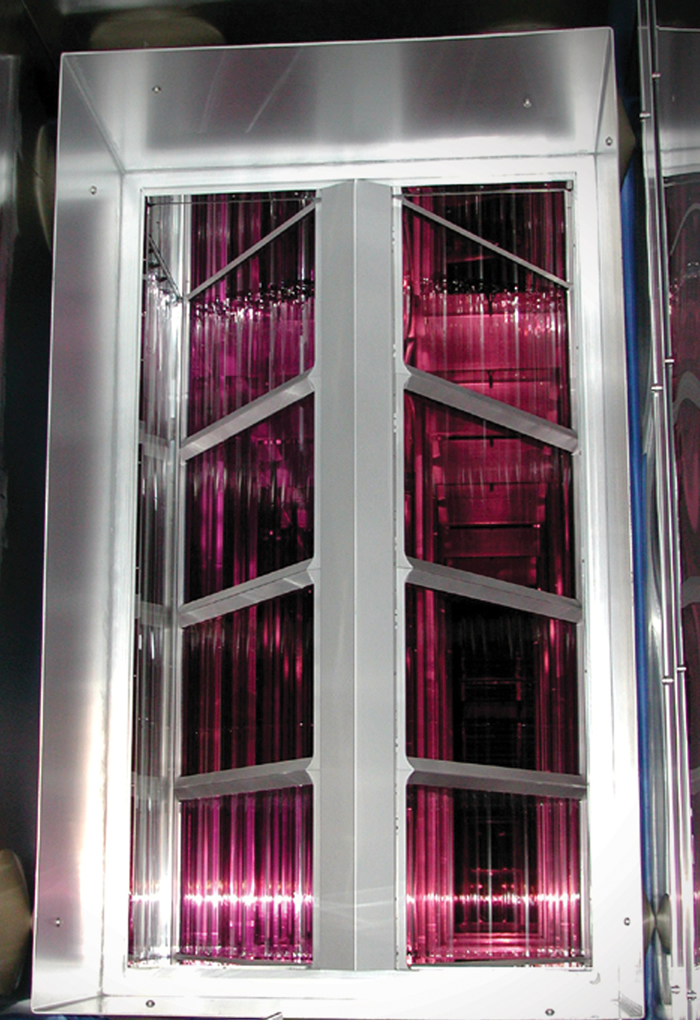
|
Pockell Cell, Main Amplifier, and Polarizer¶

- KDP (Potassium Diphosphate) is birefringent -- has two different indices of refraction
KDP experiences Pockell's Effect
If an electric field is applied to the crystal, the index of refraction changes |Δn|=r2n30E
where r is the an electro-optical coefficient for KDP and n0 is the initial index of refraction at E=0, and Δn is the change in index of refraction
- Plasmas are ionized gases - highly conductive due to the free electrons present
Density of electrons, ne, determines reflectivity ωp=2πfp=√nee2ϵ0me
When the frequency of incoming light, fi, is greater than the plasma frequency, then there is transmission of the light through the plasma fi>fp
This explains why AM radio waves bounce off of the ionosphere (ne≈1011), why metals are reflective and shiny (ne≈1028), and why the surface of the sun isn't shiny (ne≈1020), and why helium plasma is used for the Pockell cell (ne≈1018)
- ne=1012 cm−3=1018m−3, e=1.6×10−19 C, me=9.10×10−31 kg, ϵ0=8.85×10−12
- λi=1053 nm
Thus fi>>fp means the laser will be transmitted through the helium plasma
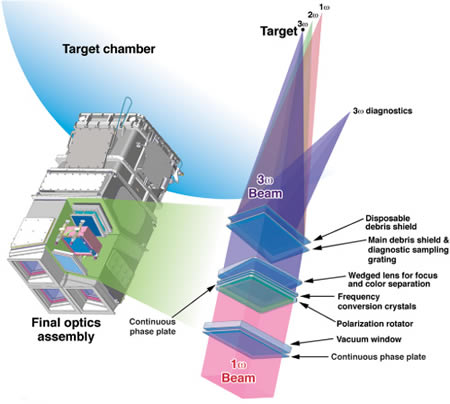
Second Harmonic Generation¶
P2=ϵ0χ2E2Using double angle formulas, we get the following:
P2=12ϵ0χ2E20+12ϵ0χ2E20cos2ωtKDP¶
 |
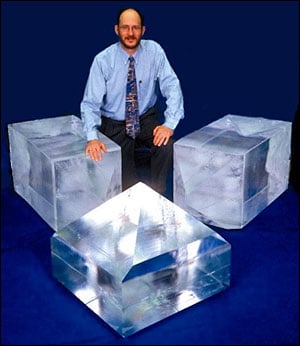 |
Spatial Filters¶
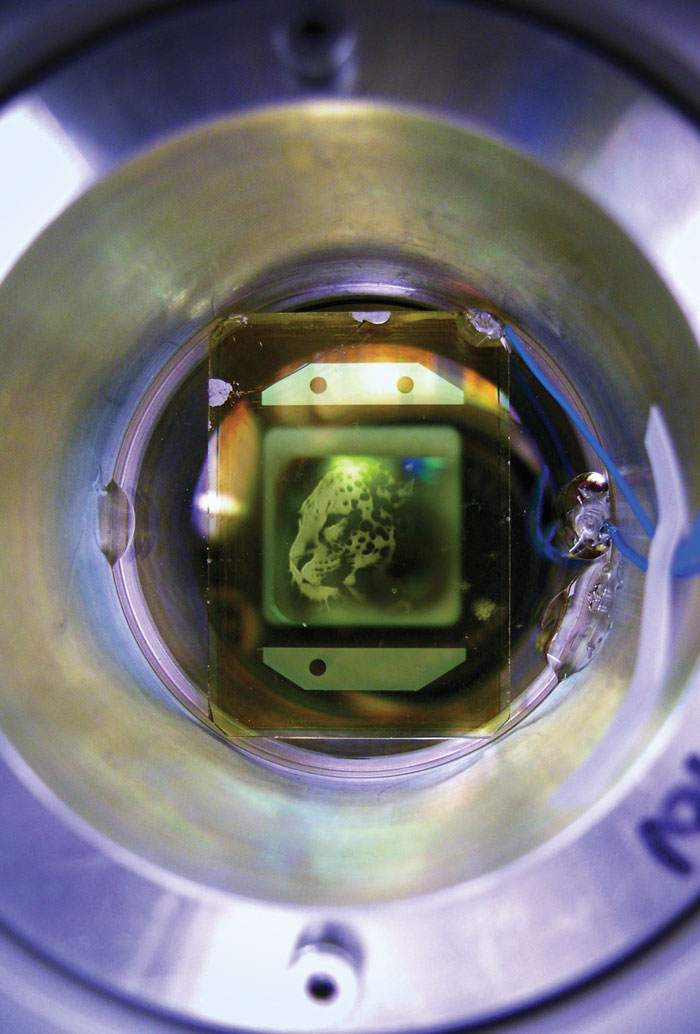
Why is Fusion Hard?¶
- Instabilities/Turbulence: Rayleigh Taylor, Kelvin-Helmholtz, Richtmyer–Meshkov, Wakes
- Scattering: Laser light entering the hohlrahm gets scattered (absorbed by electrons and gold plasma), which reduces the energy that reaches the fuel
- Stimulated Raman Scattering (SRS)
- Stimulated Brillouin Scattering (SBS)
Raman Scattering¶
- (Spontaneous) Incoming laser photon scatters inelastically
- The photon from the laser (called a pump photon) is inelastically scattered with some energy transferred into vibrational energy in the molecule
- The remaining photon has a lower energy (lower frequency) -- Called the stoke's photon
- (Stimluated) Some of the stoke's photons emitted from spontaneous Raman scattering act as seed photons
- Pump photon + stokes photons interact with molecules and cause vibrations
Wakes¶
- Wakes can be used for particle accelerators!
- Wakefield: 1GeV with only 3.3 cm, SLAC: 64 meters

|

|
import matplotlib.pyplot as plt
%matplotlib notebook
import happi; S=happi.Open(); Rho = S.Field.Field0("-Rho",cmap="Blues_r",vmax=0.01); Env_E = S.Field.Field0("Env_E_abs",cmap="hot",vmin=1,transparent="under")
happi.multiSlide(Rho,Env_E)
from IPython.display import IFrame
IFrame('./eScholarship UC item 5wb109v8.pdf', width=1200, height=600)
Image Credits¶
- Dr. Otto Octavius
- Binding Energy
- Smiling Sun
- ITER
- NIF
- DT Fusion
- ICF Implosion and Direct/Indirect Drive photos
Badziak, J.. (2012). Laser nuclear fusion: Current status, challenges and prospect. Bulletin of the Polish Academy of Sciences, Technical Sciences. 60. 729. 10.2478/v10175-012-0084-8.- https://journals.pan.pl/dlibra/publication/96903/edition/83651/content
- Fuel Capsule Layers
- National Academies: https://nap.nationalacademies.org/read/18288/chapter/4
- Spatial Filter Lion Image:
- KDP Crystals
- Capacitor Bay
- Final Optics
- Master Oscillator
- Pockell Cell and Polarizer
Sources and Further Reading¶
- NIF User Guide (For scientists):
- NIF General Public Page:
- Optical Engineering of the NIF
- https://www.spiedigitallibrary.org/conference-proceedings-of-SPIE/5001?webSyncID=024ddbc2-7cdd-42e4-d28c-c7a6109d29bb&sessionGUID=13628c99-d178-288d-9e26-998d2d18b0c2&_ga=2.95623509.811125676.1664057879-1230779701.1664057879&cm_mc_uid=37792490894716640578790&cm_mc_sid_50300000=68086551664057879099&SSO=1
- https://www.spiedigitallibrary.org/conference-proceedings-of-SPIE/5341?webSyncID=024ddbc2-7cdd-42e4-d28c-c7a6109d29bb&sessionGUID=13628c99-d178-288d-9e26-998d2d18b0c2&_ga=2.61414885.811125676.1664057879-1230779701.1664057879&cm_mc_uid=37792490894716640578790&cm_mc_sid_50300000=68086551664057879099#KeynoteSession
- 2022 SULI Inertial Confinement Fusion Presentation
- 2020 SULI Inertial Confinement Fusion Presentation
- Simulate Wakefield Acceleration:



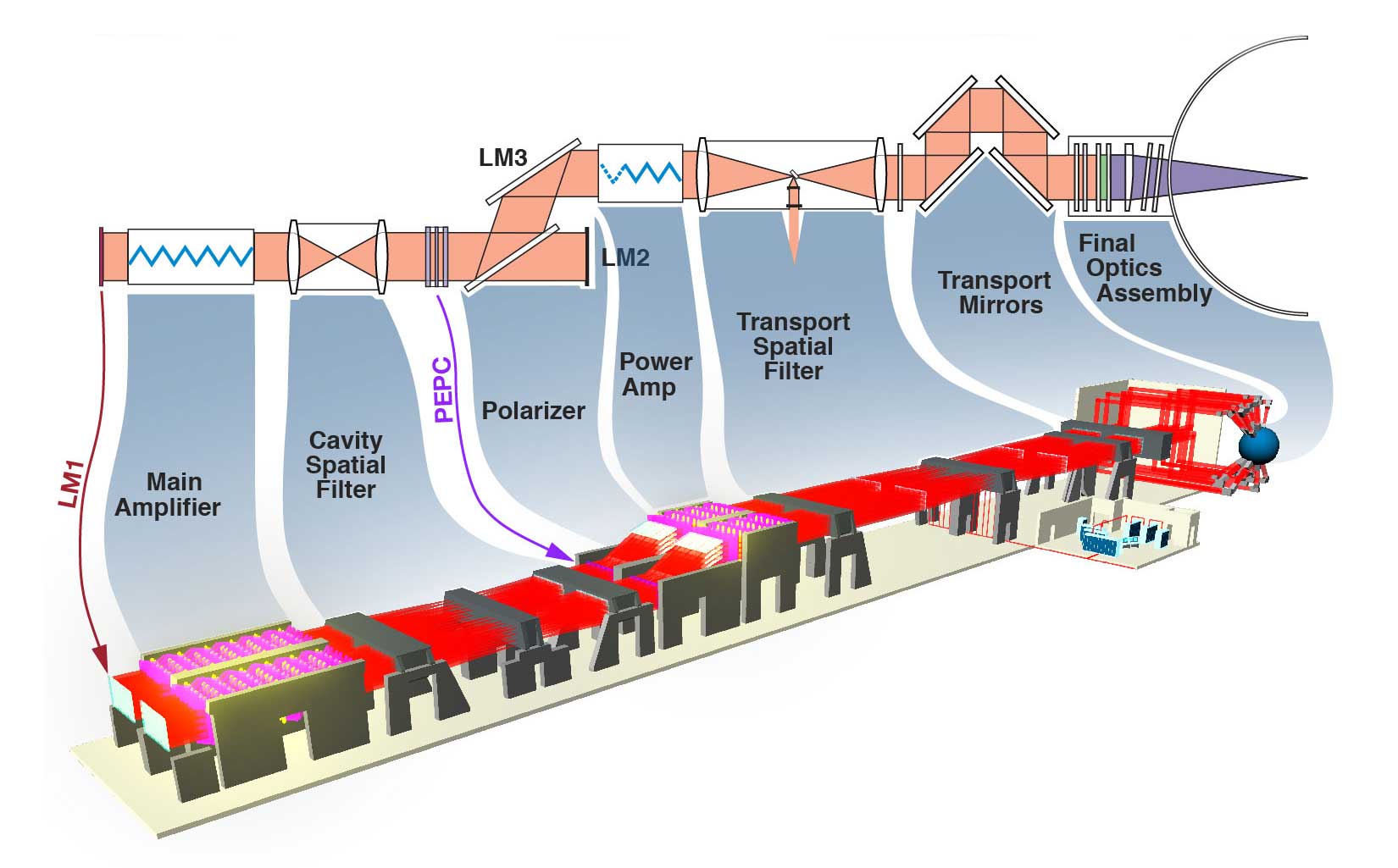 Source:
Source: 